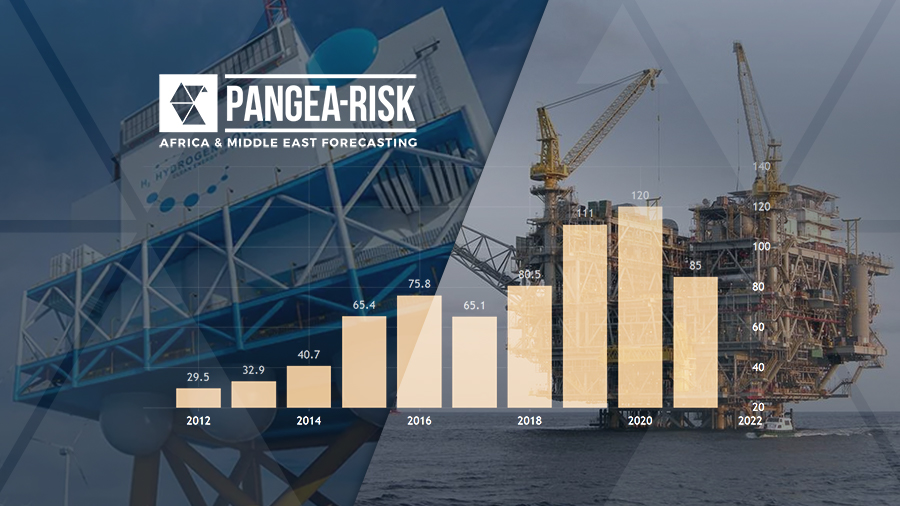
ANGOLA: IMPROVED FIVE-YEAR ECONOMIC OUTLOOK MODERATED BY LONG-TERM UNCERTAINTIES
Mon, 10 October 2022
Angola is currently experiencing a significant economic about-face, as rising oil production, the steady privatisation of state-owned companies, and new investments in renewable energy provide a bedrock for a broader economic development strategy. However, while the next few years hold considerable promise, the longer-term outlook is marked by uncertainty. To sustain the current economic trajectory, the government will need to make greater progress in building investor confidence, including through privatising large state-owned companies, as well as passing critical political reforms.